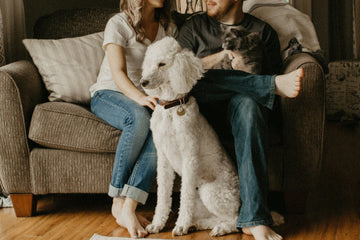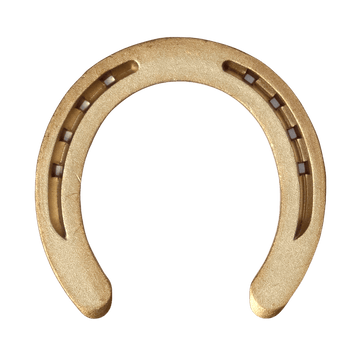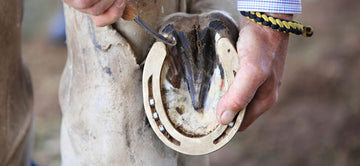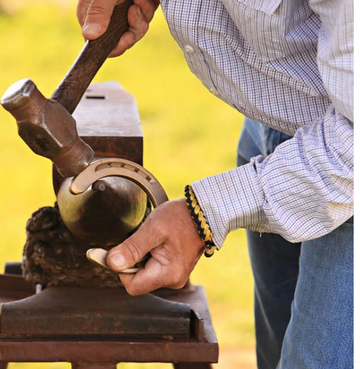Providing a proper daily dog routine for your dog is essential for their health, happiness, and longevity.
As a dog parent, it is crucial to understand your role in ensuring your furry companion receives balanced nutrition, regular exercise, proper grooming, medical attention, and a safe living environment.
Whether you’re a new pet parent or looking to improve your dog’s routine, this guide covers everything you need to know about essential daily care for dogs.
Nutrition and Hydration for Adult Dogs
Provide High-Quality Food
Feeding your dog a nutritionally balanced diet is crucial for maintaining a healthy weight, strong immune system, and overall well-being.
Choose high-quality food formulated for your dog’s life stage, size, and breed. Look for products with real meat as the first ingredient, limited fillers, and essential vitamins and minerals.
Ensure Access to Fresh Water
Dogs should have access to clean, fresh water at all times to stay hydrated. Change their water at least once a day, and wash their bowls daily to prevent bacterial buildup. Dehydration can lead to serious health issues, especially in active or senior dogs.
Consider Your Dog’s Unique Dietary Needs
Every dog has different nutritional needs based on their age, activity level, and any existing health conditions. Some may require grain-free diets, limited-ingredient diets for allergies, or prescription foods for specific health issues.
Consult Your Veterinarian for Dietary Guidance
If you’re unsure about the best diet for your dog, consult your veterinarian. They can recommend specific brands or dietary plans tailored to your dog’s unique needs.
Grooming and Hygiene Essentials
Regular Brushing to Prevent Matting
Brush your dog’s coat daily or weekly, depending on their fur type. Long-haired breeds require more frequent brushing to prevent tangles and mats, while short-haired dogs benefit from weekly brushing to remove loose fur and distribute natural oils.
Bathing Schedule Based on Lifestyle
Dogs should be bathed every 1 to 3 months, or more frequently if they get dirty or have skin conditions. Use a gentle, dog-specific shampoo to maintain a healthy coat. Overbathing can strip their skin of natural oils, leading to dryness and irritation.
Nail Trimming for Comfort and Health
Trim your dog’s nails every 2 to 4 weeks to prevent overgrowth, discomfort, and mobility issues. If you hear clicking on the floor when they walk, it's time for a trim. Using a nail grinder or dog-specific clippers makes the process safer and easier.
Cleaning Ears and Eyes to Prevent Infections
Check your dog's ears weekly for signs of dirt, wax buildup, or infection. Clean them gently with a vet-approved ear cleaner and a cotton pad. Similarly, wipe your dog’s eyes if they accumulate discharge or tear stains.
Exercise and Playtime for a Healthy Pet
Daily Walks and Play Sessions
Dogs need at least 30 minutes to an hour of physical activity daily, depending on their breed and energy level. High-energy breeds require longer play sessions, while older dogs may need gentler exercise like leisurely walks.
Vigorous Exercise for Active Dogs
Breeds like Border Collies, Labradors, and Huskies thrive with jogging, running, hiking, or playing fetch. Keeping them active prevents obesity and boredom-related behaviors.
Doggy Daycare or Dog Walkers for Extra Exercise
If you work long hours, consider hiring a dog walker or enrolling your dog in doggy daycare to ensure they get enough exercise and socialization.
Rest and Relaxation
Just as important as exercise, dogs need downtime to recover. Create a comfortable space with a cozy bed where they can relax after playtime.
Maintaining Your Pet’s Health
Regular Vet Checkups
Routine vet visits once or twice a year ensure your dog is in good health. Puppies, seniors, and dogs with medical conditions may require more frequent checkups.
Dental Care to Prevent Disease
Dental health is often overlooked but is critical to preventing infections and periodontal disease. Brush your dog's teeth daily or at least three times a week, and schedule annual professional cleanings.
Vaccinations and Preventative Treatments
Stay up to date with core and non-core vaccinations, flea and tick prevention, and heartworm medication to protect your dog from common diseases and parasites.
Monitor Your Dog’s Behavior and Health
Watch for signs of lethargy, loss of appetite, excessive thirst, unusual lumps, or behavioral changes. If you notice anything concerning, consult your vet immediately.
Safety and Shelter for Your Furry Friend
Provide a Comfortable and Secure Space
Ensure your dog has a safe, quiet place to rest, whether it’s a dog bed, crate, or designated area in your home.
Proper Identification for Security
Use a collar with ID tags and consider microchipping to ensure your dog can be identified if lost.
Dog-Proof Your Home
Remove hazardous items such as toxic plants, electrical cords, and small objects that could be swallowed. Store cleaning products and medications out of reach.
Training and Socialization
Basic Obedience Training
Teach your dog basic commands like sit, stay, come, and leave it. Positive reinforcement with treats, praise, and patience encourages good behavior.
Socialization for a Confident and Happy Dog
Expose your dog to new environments, people, and other animals early on to help them feel comfortable in different situations. Regular socialization prevents fear and aggression.
Professional Training Classes
If needed, enroll in obedience classes or work with a certified dog trainer to address behavior issues.
Mental Stimulation for a Well-Rounded Dog
Use puzzle toys, interactive feeders, and training games to keep your dog mentally engaged.
Pet Supplies and Equipment
Invest in Quality Pet Supplies
Provide essentials like durable food and water bowls, comfortable bedding, grooming tools, dog shampoo, and chew toys to keep your dog happy.
Keep Supplies Clean and Well-Maintained
Wash food and water bowls daily, clean bedding regularly, and replace worn-out toys and grooming tools as needed.
Create a Safe Travel Kit for Your Dog
When traveling, pack collapsible bowls, a leash, ID tags, and a first-aid kit to keep your dog safe and comfortable.
Monitoring Your Dog’s Health
Be Aware of Health Changes
Watch for weight fluctuations, changes in appetite, excessive scratching, or unusual lumps. Early detection of issues prevents serious health problems.
Weight Management and Nutrition Adjustments
Maintain a healthy weight by monitoring food intake, adjusting portions as needed, and ensuring they get enough exercise.
Frequently Asked Questions
What is a normal daily routine for a dog?
A dog’s daily routine should include regular feeding times, potty breaks, playtime, walks, training, and relaxation periods.
What is the 3-3-3 rule for dogs?
The 3-3-3 rule refers to the transition period for newly adopted dogs: 3 days to decompress, 3 weeks to learn the household routine, and 3 months to feel fully at home.
What does daily care for dogs involve?
Daily care includes feeding, fresh water, exercise, training, mental stimulation, grooming, and attention to overall health.
What is the 7-7-7 rule for dogs?
This guideline suggests exposing a puppy to seven different types of surfaces, people, places, and experiences within the first few months to encourage positive socialization.
Putting it All Together: Tips for Responsible Pet Owners
Establishing a consistent daily routine is key to keeping your dog healthy and happy.
By providing balanced nutrition, proper grooming, exercise, training, and regular vet care, you ensure your dog lives a long, fulfilling life.
Being flexible and adjusting your routine to meet your dog’s changing needs will help you become the best pet parent possible.












